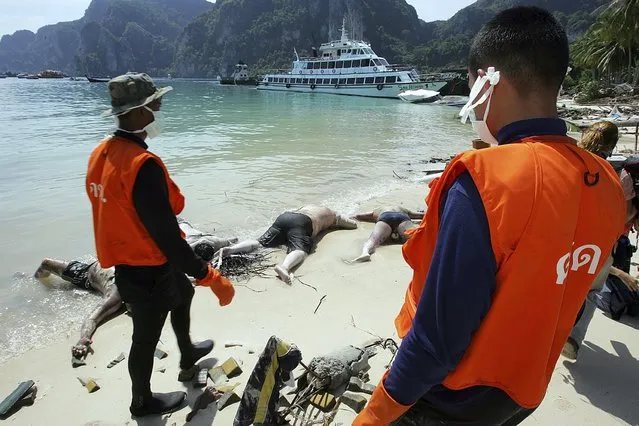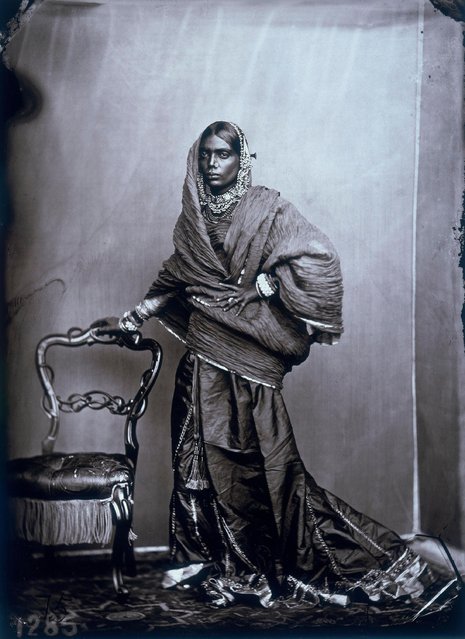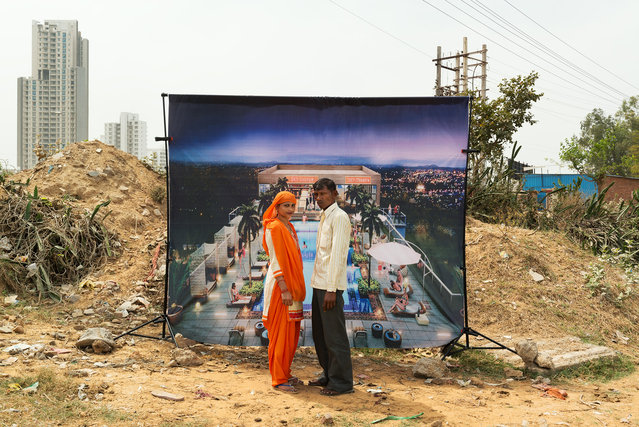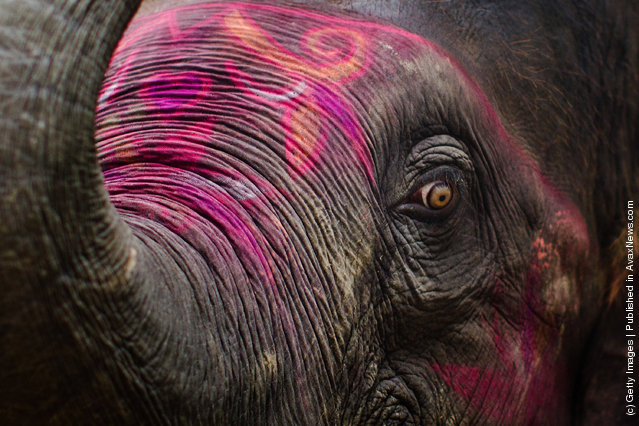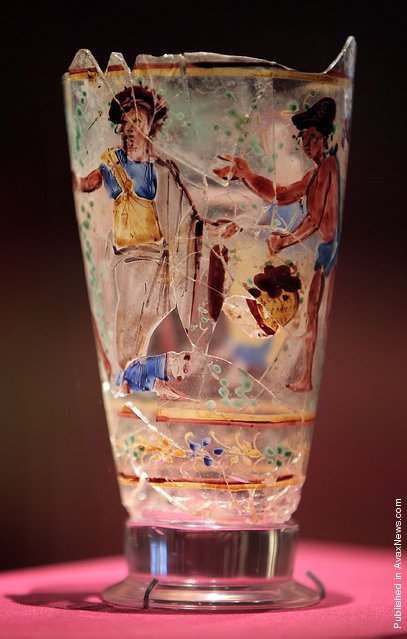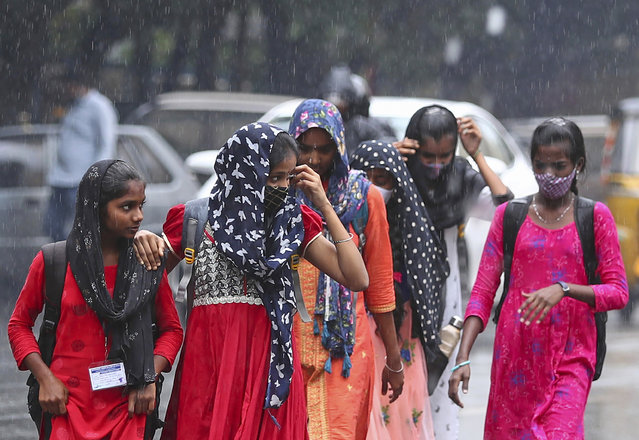
People walk in the rain in Hyderabad, India, Saturday, November 20, 2021. More than a dozen people have died and dozens are reported missing in the southern Indian state of Andhra Pradesh after days of heavy rains, authorities said. (Photo by Mahesh Kumar A./AP Photo)
27 Nov 2021 07:40:00,post received
0 comments


